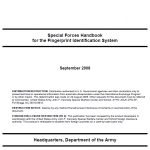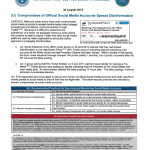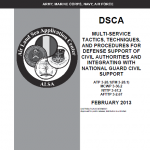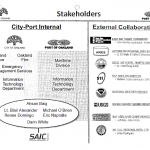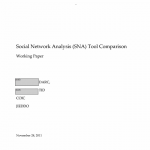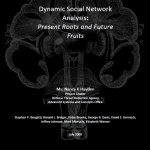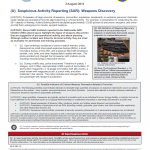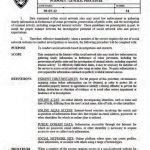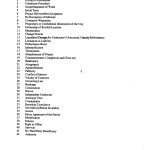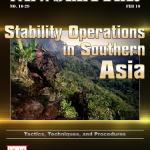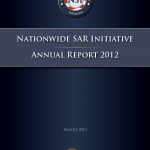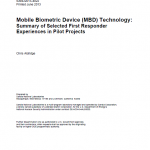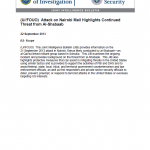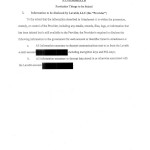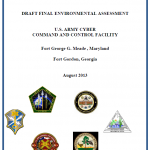
This Environmental Assessment (EA) has been prepared to analyze the potential environmental, cultural, transportation, and socioeconomic effects associated with the establishment and operation of a U.S. Army Cyber Command / 2nd Army (ARCYBER) Command and Control Facility at Fort George G. Meade, Maryland (hereinafter referred to as Fort Meade), or at Fort Gordon, Georgia. ARCYBER leads a corps of 21,000 soldiers and civilians who serve worldwide operating and defending all Army networks with supporting organizations such as the Army Network Enterprise Technology Command, 780th MI Brigade, and 1st Information Operations. ARCYBER plans, coordinates, integrates, synchronizes, directs, and conducts network operations and defense of all Army networks; when directed, ARCYBER conducts cyberspace operations in support of full spectrum operations to ensure U.S./Allied freedom of action in cyberspace, and to deny the same to our adversaries.

